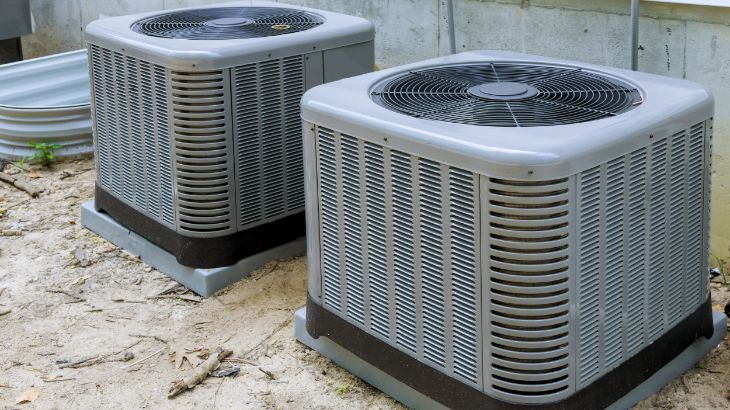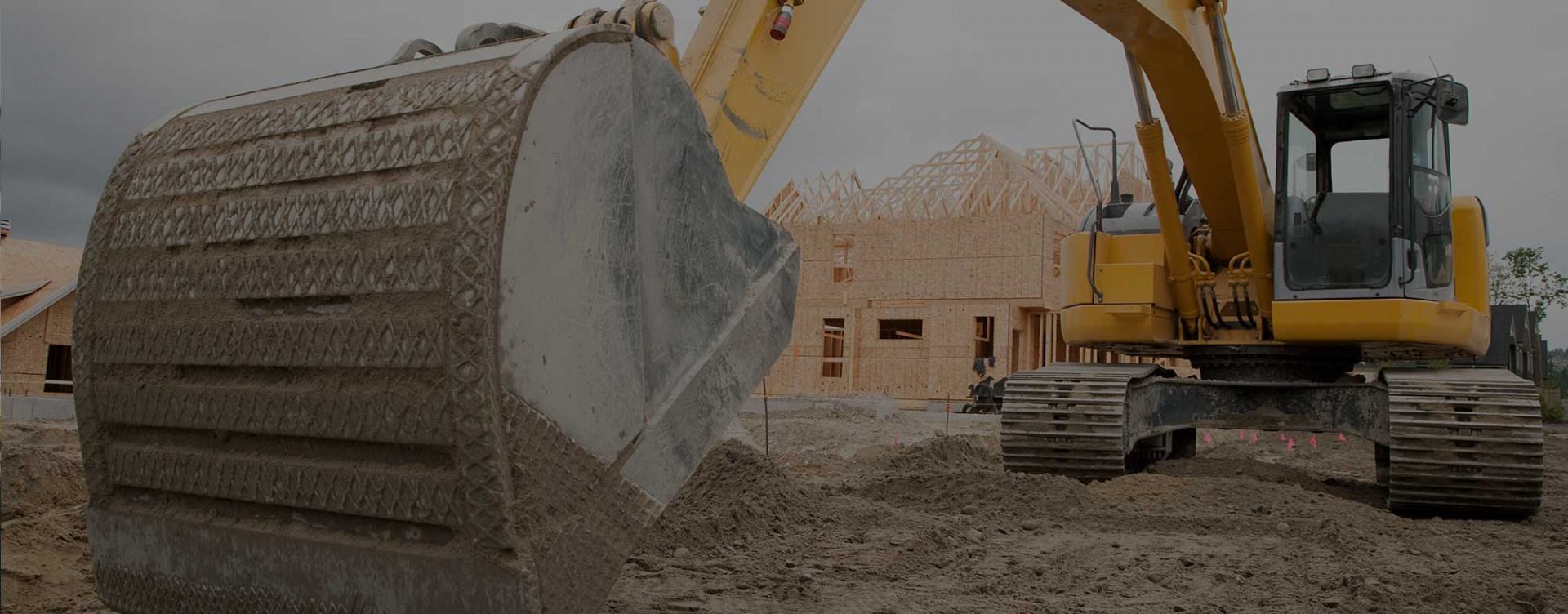
- Heating, ventilation and air conditioning (HVAC) accounts for 51 percent of building energy use.
- New and existing HVAC technologies can save energy and reduce operating costs.
- Proper system upkeep and a well-maintained building envelope can optimize savings.

Though critical to occupant comfort and employee productivity, heating, ventilation and air conditioning systems (HVAC) use a significant amount of energy. In fact, HVAC systems account for more than half of the total energy consumption in commercial buildings, making them prime cost-saving opportunities. The 15 technologies that follow can help to reduce energy use while improving occupant comfort and indoor air quality:
- Demand controlled ventilation—combines carbon dioxide sensors with economizers to maintain air levels within an appropriate range while avoiding over ventilation, which wastes energy.
- Dedicated outdoor air systems—improve humidity control by conditioning outdoor makeup air separately from indoor return air. Removing moisture from the outside air reduces the load on the cooling system.
- Displacement ventilation—uses a low velocity stream of fresh, cold air at floor level to displace stale air near the ceiling, improving indoor air quality. The energy-saving potential varies by building and system design as well as climate.
- Electronically commutated motors—include a variable-speed component. They save energy by varying HVAC blower speed to match demand.
- Energy recovery ventilation (ERV)—captures energy from exhausted air and uses it to precondition incoming makeup air. ERVs save energy by reducing heating and cooling system needs while maintaining comfortable indoor air levels.
- Zero-degree heat pumps—work effectively in cold climates (down to 0°F), and are not limited to a single technology. Heat pumps provide energy efficiency of more than 100 percent because they move heat rather than create it.
- Duct sealing—helps to eliminate leakage, which is a significant source of energy waste. Aerosol systems seal existing leaks but do not guarantee against future leaks. Make duct sealing a part of your regular HVAC maintenance program.
- Adaptive fuzzy logic control—improves upon conventional control approaches by allowing more flexibility in adapting to HVAC systems with a wide range of operating states. While adaptive fuzzy logic control has great potential, its actual savings has not been accurately quantified.
- Desiccant dehumidification—absorbs moisture with a liquid desiccant solution and then evaporates it using heat. The system saves energy by removing humidity and precooling makeup air, reducing air conditioning load.
- Micro channel heat exchangers—have gained limited acceptance for HVAC applications. Barriers to wider use include high initial costs and lack of accurate, long-term performance data.
- Micro environments—create a virtual zone for occupant environmental control. While energy savings are possible, micro environments can also increase staff comfort and productivity. High initial cost and resistance to giving up central control has prevented widespread adoption.
- Thermal energy storage—provides cooling capacity by extracting heat from storage material, such as ice or chilled water. Savings are realized by shifting electrical use to nighttime when rates are lower.
- Chilled beam cooling—uses natural convection and radiative heat transfer. Systems currently available typically require a dedicated outdoor air unit and a tight building envelope to manage humidity. Chilled beam systems deliver air directly to building spaces, reducing fan energy use.
- Adjustable speed drives (ASD)—save energy by reducing motor speed to accommodate varying HVAC loads.
- Variable flow volume (VFV) systems—are ductless systems that are highly flexible in capacity and design. These systems use multiple compressors and provide part-load performance and zoned temperature control, saving energy while ensuring occupant comfort.
While these technologies can provide significant cost savings, they are not appropriate for every situation. Consult with a trusted contractor about whether they are right for your application.
Maintenance practices are important for optimizing system efficiency. Have your HVAC equipment cleaned and inspected regularly by a qualified technician. To reduce energy losses, check for air leaks and make sure your facility is well-insulated regularly.
By combining new technology with some old-fashioned attention to detail, you can cut costs and make your facility more comfortable.
